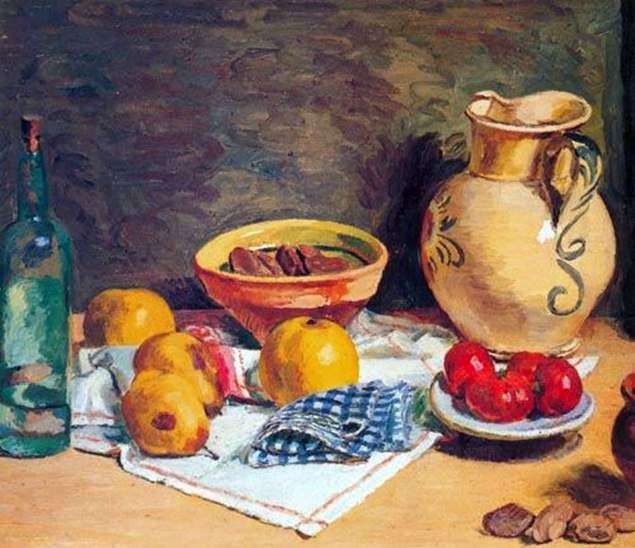
“Still life with a jug” clearly demonstrates the changes that have occurred in the creative method of Vanessa Bell after the end of the First World War. In these years, the artist begins to return from post-impressionistic stylistics to a naturalistic manner.
The still life represented here, most likely, was written in the autumn of 1931 in the south of France, where the artist used to rest from 1927 to 1937. The beginning of the 1930s is a kind of noon in the work of Bell. She has many orders for decorative projects on her hands. Just passed her personal exhibition, won the approval of well-known critics.
One of them, John Piper, wrote: “The artist’s paintings can be called airy, light, but on closer examination you begin to understand what hard labor this ease, inextricably linked with Vanessa Bell with the amazingly accurate description of material objects, is achieved.” These just words of the critic can be fully attributed to the “Still Life with a Jug”. “Material objects” – red tomatoes, ripe pears, pot-bellied jug – are written out by the author with almost sensual pleasure.
However, the density and “fleshiness” of these objects do not prevent them from being elegant and refined. Notice how Vanessa Bell’s smear changed from the previous period. In place of the nerve strokes came a delicate work with a brush. A formal search led the artist to the virtuoso molding of the form.
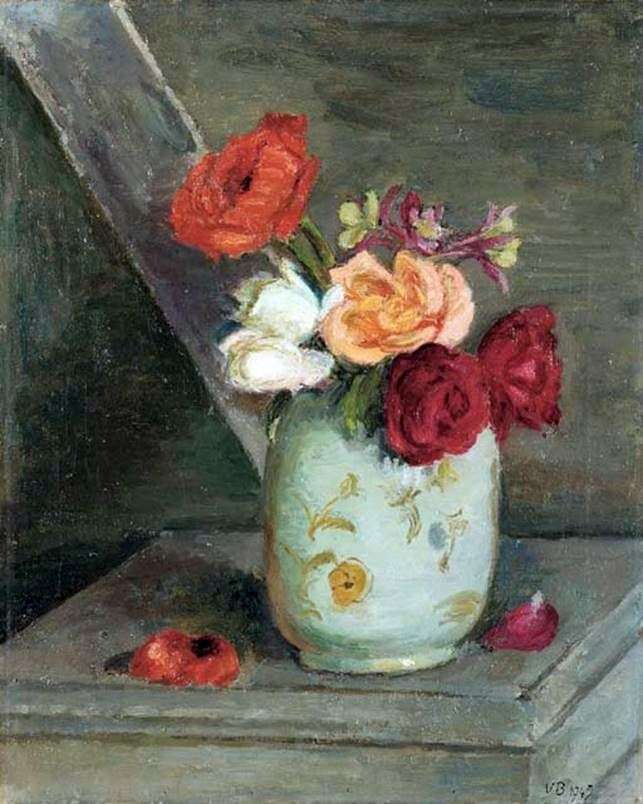 Roses in a Chinese Vase by Vanessa Bell
Roses in a Chinese Vase by Vanessa Bell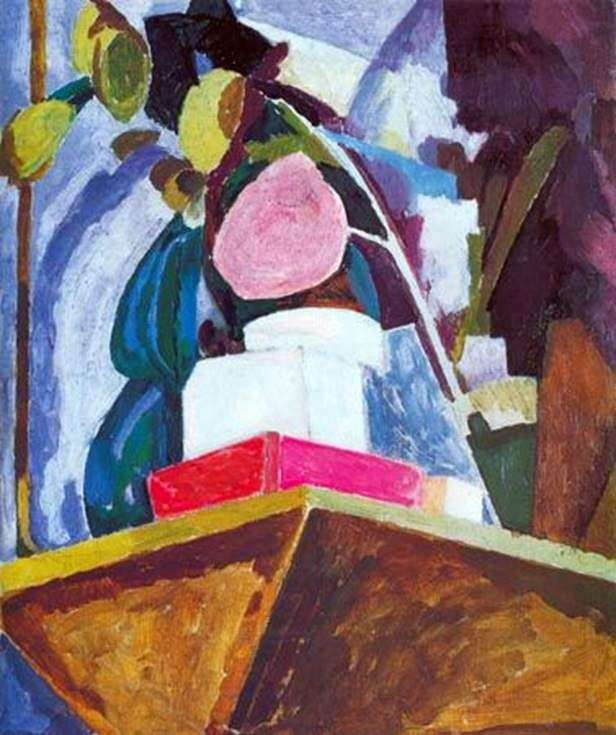 Still life on the corner of the mantelpiece by Vanessa Bell
Still life on the corner of the mantelpiece by Vanessa Bell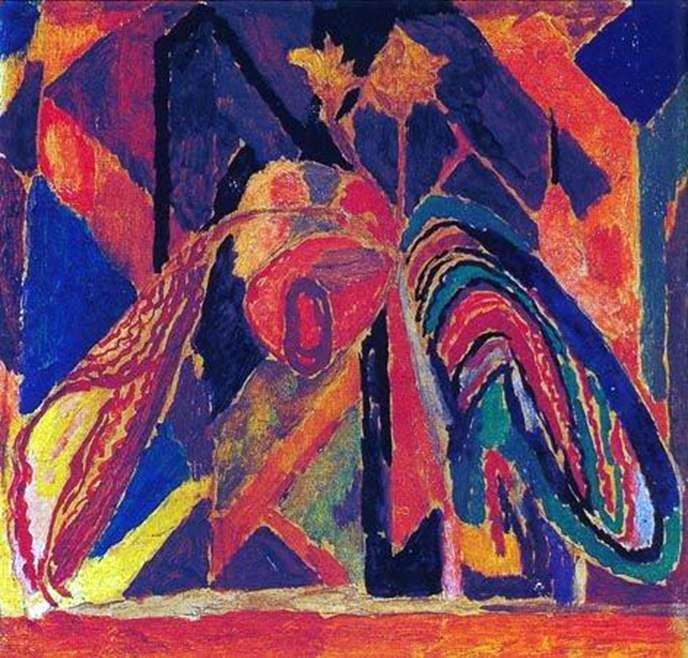 Paper flowers in a bottle by Vanessa Bell
Paper flowers in a bottle by Vanessa Bell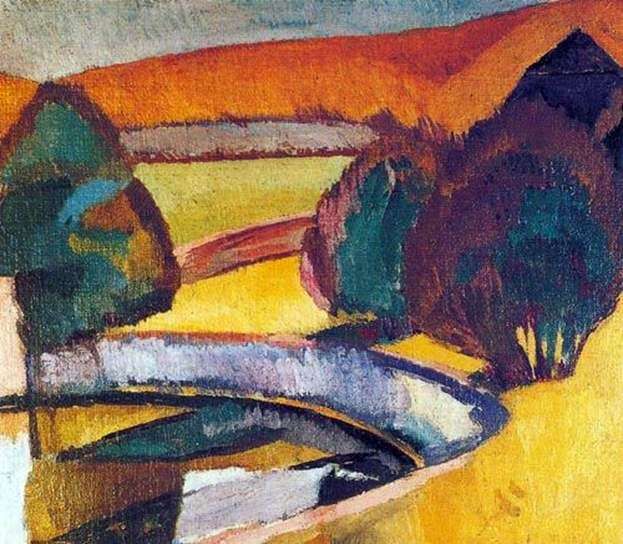 Pond in Charleston by Vanessa Bell
Pond in Charleston by Vanessa Bell Abstractions by Vanessa Bell
Abstractions by Vanessa Bell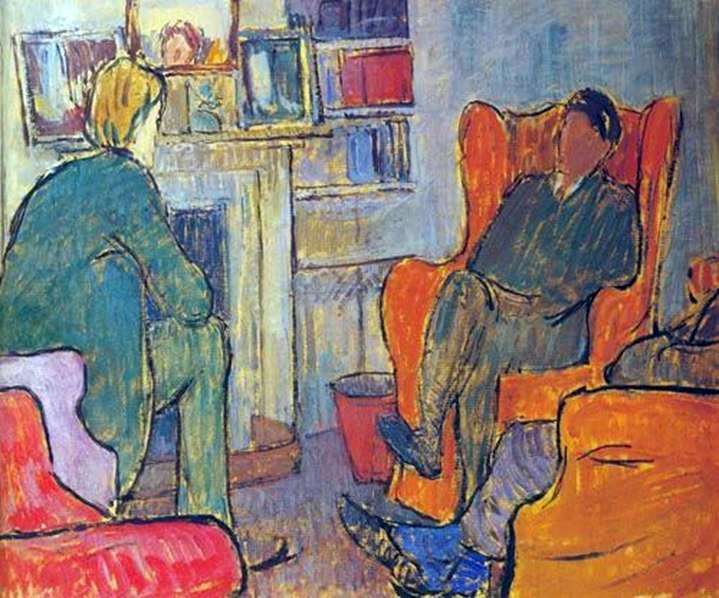 Conversation in Ash House by Vanessa Bell
Conversation in Ash House by Vanessa Bell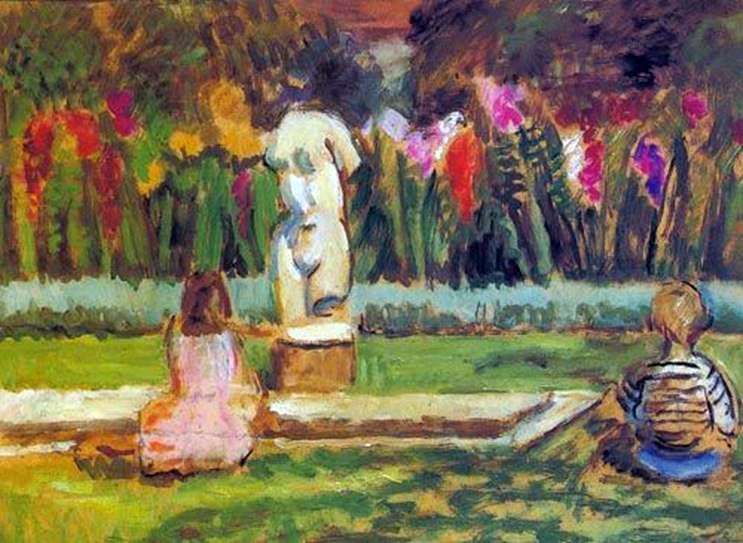 Henrietta and Julian at the garden pond in Charleston by Vanessa Bell
Henrietta and Julian at the garden pond in Charleston by Vanessa Bell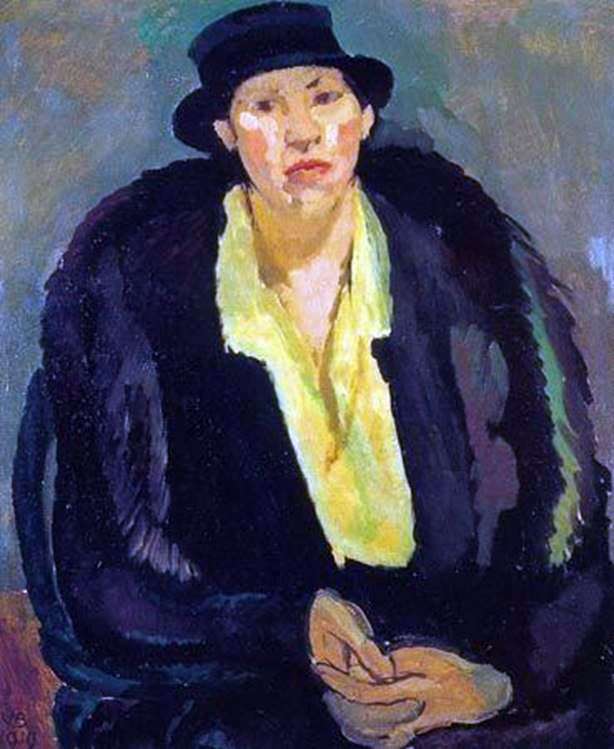 Woman in Furs by Vanessa Bell
Woman in Furs by Vanessa Bell